I need to be able to power a Atmega168 by plugging it into a wall. The circuit is a little bit more complex but not too much. The Atmega168 needs between 1.8V and 5V at 200mA. The ideal solution needs to be contained all on the PCB board. No wall warts or batteries.
What is a good strategy or set of components that will allow this to be done safely and inexpensively? I'm new to the area but I have heard things about switched-mode power supply. Also, efficiency is not very important as long as it is not hot to the touch.
